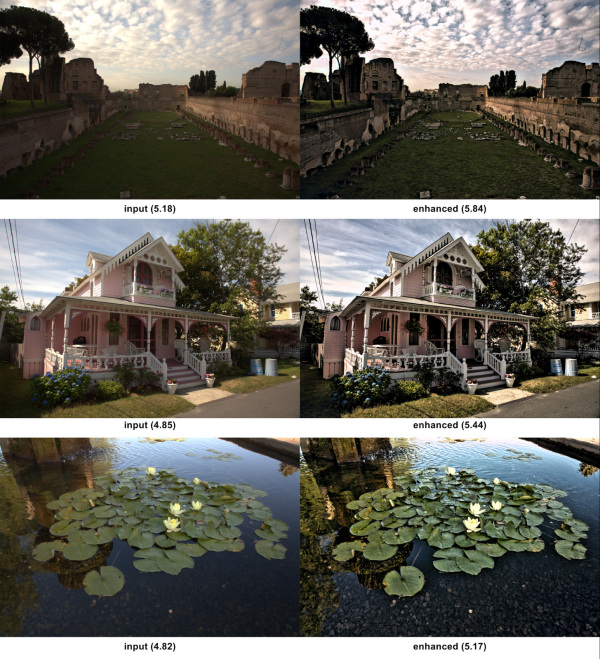Many readers would prefer to have reliable quantification, which uses simple numbers to describe how good the image quality of a camera is. However, the problem is still much more widespread. If you want to optimize a codec, for example, you need reliable quantitative parameters that can improve or deteriorate. To some extent, this can be achieved by measuring noise, sharpness or compression artifacts, but there are often large deviations between the measured number and human perception. For example, one camera can produce more noise quantitatively than another, but the type of "stronger" noise can still provide a preferred image impression. The same applies to the sharpness or visibility of artifacts.
Google wants to counteract such problems with a new approach that will enable quantitative evaluation of images with the help of artificial intelligence. A single number - the NIMA score - is intended to describe how good the quality of an image is. And not only quantitative aspects such as noise or artifacts are to be considered, but also aesthetic aspects such as image composition or color selection and color distribution.
As always, if something like this sounds so utopian in the last few months, a solution usually comes from Big Data/ Machine Learning. And it is well known that Google has access to masses of image data. Simply put, you only have to present a lot of image comparisons to a neural network and tell which image of two versions is more appealing to most people. With billions of images, the NIMA model obviously develops a fairly good idea of how well an image hits the mass taste. This can then be expressed in a single quantitative note, the NIMA score.
The really interesting thing about the linked abstract, however, is the last part: If an AI can calculate the NIMA score of an image quickly, it can also try to increase the NIMA score of an image with various algorithms. For this purpose, so-called genetic algorithms are used: You simply generate a lot of "randomly" optimized images from the base version and leave the images with the highest NIMA score to generate further optimizations with random parameters. Of these, the images with the highest NIMA scores are used for further mutuations and so on. In fact, the results look as though they are likely to be seen by a broad consensus as the "better" images, with truly fully automatic optimization without any human intervention:


